Three Argonne postdoc scientists have been invited to the prestigious Nobel Laureate Meetings in Lindau, Germany, where they will meet with past Nobel Prize winners in their fields.
Tag: Cosmology
A million light years and still going
In a breakthrough discovery that challenges the conventional understanding of cosmology, scientists at Case Western Reserve University have unearthed new evidence that could reshape our perception of the cosmos.
First year of DESI results unveil new clues about dark energy
Researchers at The Ohio State University played a major role in analyzing the first year of data from the Dark Energy Spectroscopic Instrument’s survey into the history of the universe.
UC Irvine astronomers’ simulations support dark matter theory
Computer simulations by astronomers support the idea that dark matter – matter that no one has yet directly detected but which many physicists think must be there to explain several aspects of the observable universe – exists, according to the researchers, who include those at the University of California, Irvine.
First Results from DESI Make the Most Precise Measurement of Our Expanding Universe
Researchers have used the Dark Energy Spectroscopic Instrument to make the largest 3D map of our universe and world-leading measurements of dark energy, the mysterious cause of its accelerating expansion
Condor Telescope Reveals a New World for Astrophysicists
A new telescope called the “Condor Array Telescope” may open up a new world of the very-low-brightness Universe for astrophysicists.
NASA’s Webb, Hubble Telescopes Affirm Universe’s Expansion Rate, Puzzle Persists
The best measurements from Hubble show the universe is now expanding faster than predicted based on observations of how it looked shortly after the big bang. Some scientists suggested that Hubble observations are wrong due to some creeping inaccuracy in its deep-space yardstick. However, Webb’s sharp infrared views of milepost markers known as Cepheids agree with Hubble data.
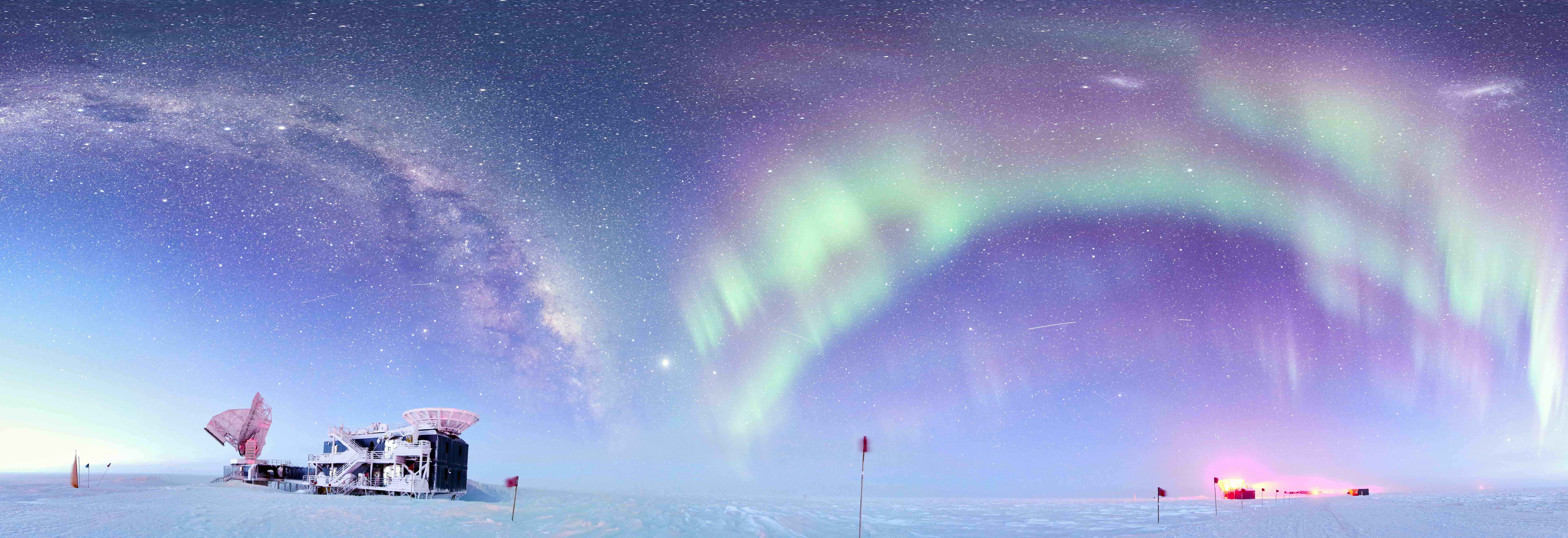
Experiment to Capture Universe’s Earliest Moments Reaches Funding Milestone
The National Science Foundation has awarded up to $21.4 million for the design of telescopes for CMB-S4, an international experiment that will study the cosmic microwave background and help us understand the beginning, history, and makeup of the universe. Berkeley Lab leads the project for DOE and also plays a lead role in technology development.
Listening to the Radio on the Far Side of the Moon
Researchers can use the radio-quiet far side of the moon to listen for a never-before-heard signal from the “Dark Ages” of the universe. The LuSEE-Night experiment will act as a pathfinder for future experiments, testing equipment and techniques in the harsh lunar environment.
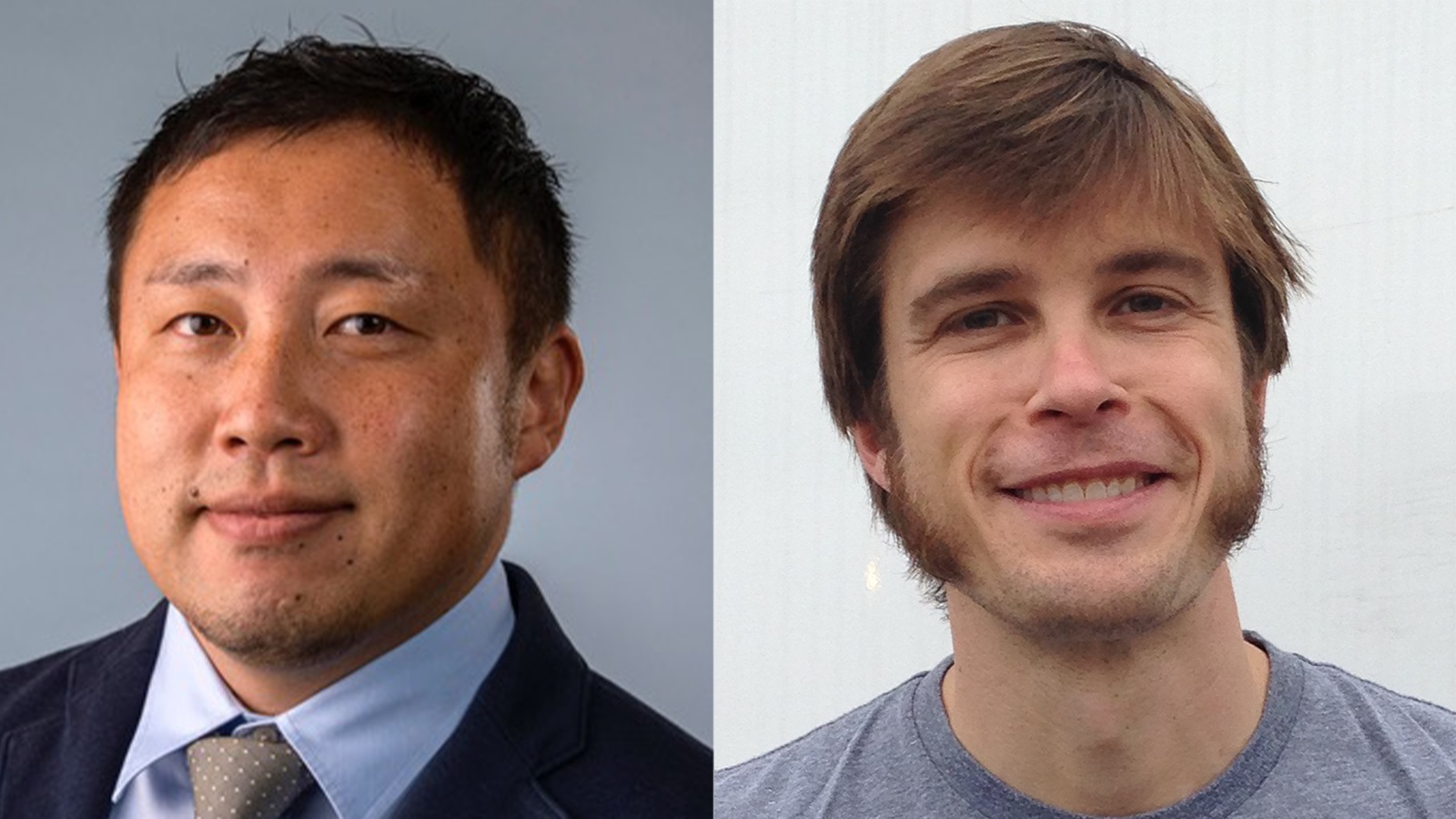
Department of Energy grant supports inclusive high energy physics research
Argonne National Laboratory and the Missouri University of Science and Technology have been awarded funding for a program that aims to generate insights about the universe while expanding diversity in the high energy physics field.
Three Argonne scientists receive 2023 DOE Early Career Awards
Argonne researchers received three DOE Early Career Awards, which will help early-career researchers establish themselves as experts in their fields.
When the First Stars Turned On: The Origins of the Universe
All stories start somewhere – even the incomprehensibly vast expanse above us has a beginning. Scientists have long studied the cosmos, searching for answers to the “how’s” and “why’s” of life, and that effort continues to this day. From concepts such as ‘Cosmic Dawn’ and ‘redshift,’ UNLV astronomer and computer scientist Paul La Plante focuses on topics that improve our understanding of where it all began.
DESI Early Data Release Holds Nearly Two Million Objects
The universe is big, and it’s getting bigger. To study dark energy, the mysterious force behind the accelerating expansion of our universe, scientists are using the Dark Energy Spectroscopic Instrument (DESI) to map more than 40 million galaxies, quasars, and stars. Today, the collaboration publicly released its first batch of data, with nearly 2 million objects for researchers to explore.
The laws of physics have not always been symmetric. And it may explain why you exist.
The universe once preferred one set of shapes over their mirror images, a violation of parity symmetry that helps explain the abundance of matter over antimatter.
First-of-its-kind measurement of the Universe’s expansion rate weighs in on a longstanding debate in physics and astronomy
A University of Minnesota Twin Cities-led team used a first-of-its-kind technique to measure the expansion rate of the Universe, providing insight that could help more accurately determine the Universe’s age and help physicists and astronomers better understand the cosmos.
Cosmology: On the trail of a mysterious force in space
When Edwin Hubble observed distant galaxies in the 1920s, he made the groundbreaking discovery that the universe is expanding.

Astronomers find distant gas clouds with leftovers of the first stars
Using ESO’s Very Large Telescope (VLT), researchers have found for the first time the fingerprints left by the explosion of the first stars in the Universe. They detected three distant gas clouds whose chemical composition matches what we expect from the first stellar explosions.
A new measurement could change our understanding of the Universe
The Universe is expanding – but how fast exactly? The answer appears to depend on whether you estimate the cosmic expansion rate – referred to as the Hubble’s constant, or H0 – based on the echo of the Big Bang (the cosmic microwave background, or CMB) or you measure H0 directly based on today’s stars and galaxies.

First successful simulations of how various shapes of galaxies are formed
The Energy Circulation Theory (ECT) claims that there is a force working between momentums whereas the effects of gravitational force is based on magnitudes of energies.
Lost Video of Georges Lemaître, Father of the Big Bang Theory, Recovered
Fans of science history can now access a new gem: a 20-minute video interview with the father of the Big Bang theory, Georges Lemaître. European broadcast network VRT found the 20-minute recording that is thought to be the only video of Lemaître. His interview, originally aired in 1964 and conducted in French, has now been transcribed and translated into English by physicists at Berkeley Lab and the Vatican Observatory.
Can cosmic inflation be ruled out?
Astrophysicists say that cosmic inflation – a point in the Universe’s infancy when space-time expanded exponentially, and what physicists really refer to when they talk about the ‘Big Bang’ – can in principle be ruled out in an assumption-free way.
After Fire and Monsoons, DESI Resumes Cataloguing the Cosmos
In June, the Dark Energy Spectroscopic Instrument survived a massive wildfire, followed by rains and mudslides. After cleaning and testing the equipment, DESI collaborators successfully restarted the experiment and began imaging the night sky again on Sept. 10. The survey is creating the largest 3D map of the universe ever made to study a phenomenon called dark energy.
Secrets from space: Advanced Photon Source helps illuminate the journey of a 4 billion-year-old asteroid
An international collaboration of scientists has published results of their studies into the makeup and history of asteroid 163173 Ryugu. These results tell us more about the formation of our solar system and the history of this nearby neighbor.
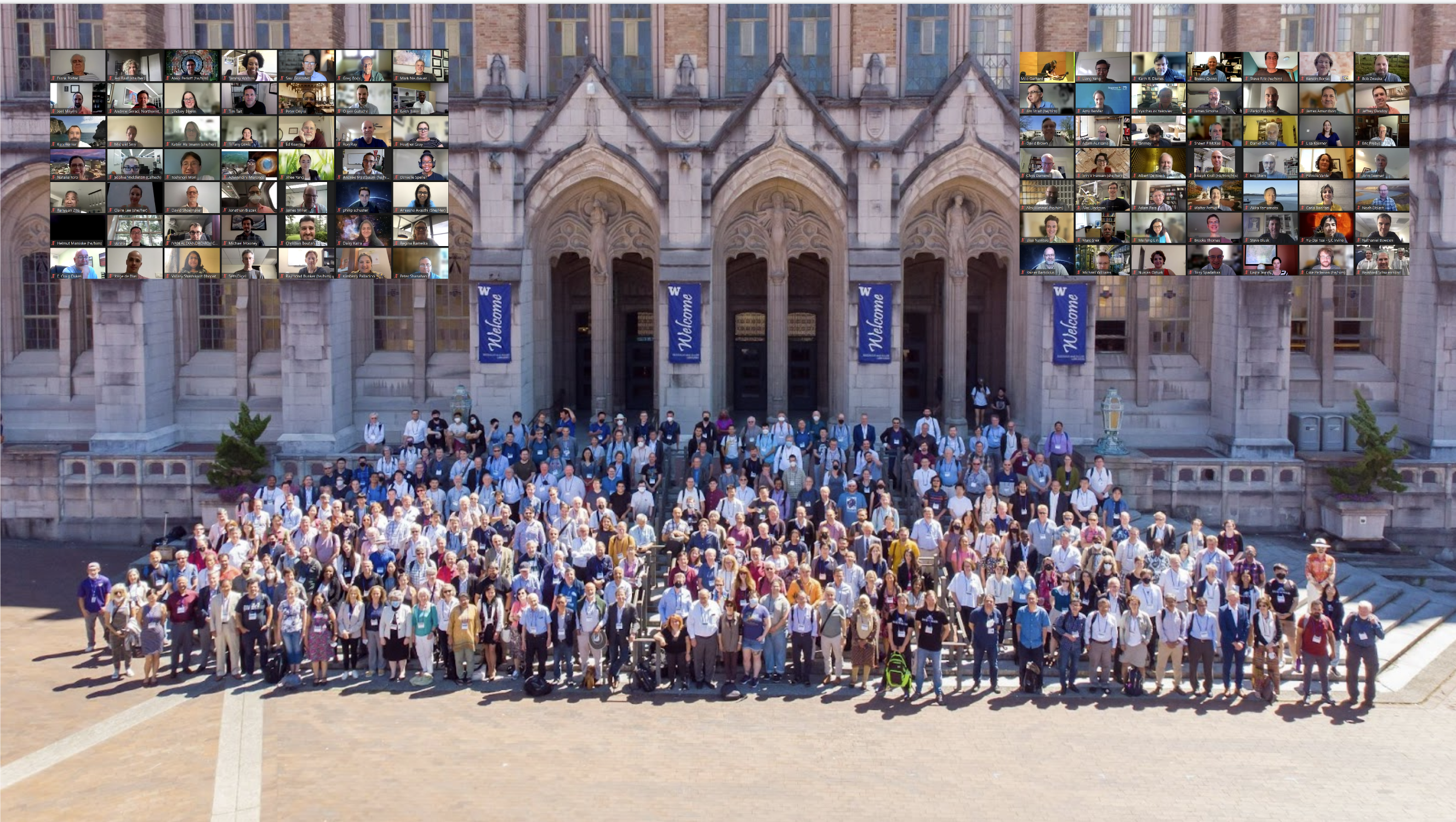
Particle Physicists Lay Out Future Goals at ‘Snowmass’ Meeting
With a picturesque backdrop of Mt. Rainier, particle physicists from across the United States gathered in Seattle (with more tuning in virtually) to assess the most important science opportunities in their field over the next decade. The Particle Physics Community Planning Exercise was held July 17-26, 2022, at the University of Washington.
SLAC expands and centralizes computing infrastructure to prepare for data challenges of the future
A computing facility at the Department of Energy’s SLAC National Accelerator Laboratory is doubling in size, preparing the lab for new scientific endeavors that promise to revolutionize our understanding of the world from atomic to cosmic scales but also require handling unprecedented data streams.
Hubble Reaches New Milestone in Mystery of Universe’s Expansion Rate
Completing a nearly 30-year marathon, NASA’s Hubble Space Telescope has calibrated more than 40 “milepost markers” of space and time to help scientists measure the expansion rate of the universe to a precision of just over 1%. The measurement is about eight times more precise than Hubble’s expected capability.
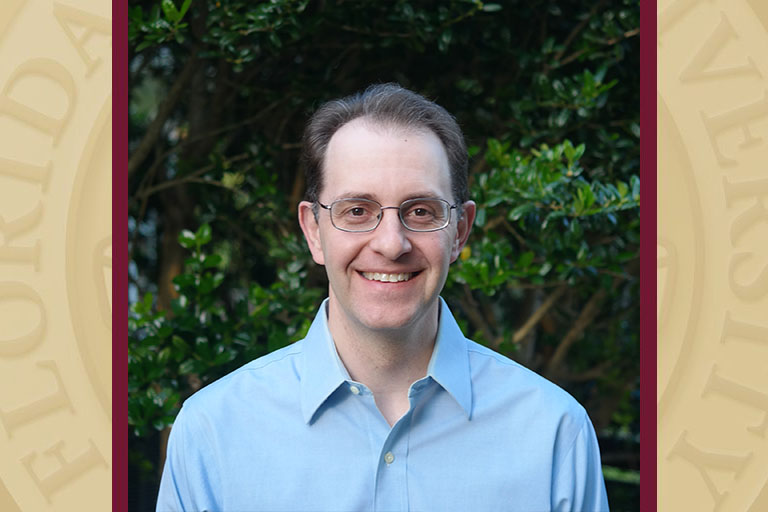
FSU astrophysicist chosen for key role in international science collaboration mapping remnant light from the Big Bang
A Florida State University cosmologist has been selected to co-lead a Department of Energy and National Science Foundation project investigating the faint leftover radiation from the Big Bang known as the cosmic microwave background, or CMB.FSU Associate Professor of Physics Kevin Huffenberger and University of Chicago Associate Professor of Astronomy and Astrophysics Jeff McMahon will serve as co-spokespersons for the so-called CMB-S4 science collaboration, a project to provide insight into the most energetic processes in the universe and probe physics from the universe to subatomic particles.
BICEP3 tightens the bounds on cosmic inflation
A new analysis of the South Pole-based telescope’s cosmic microwave background observations has all but ruled out several popular models of inflation.
A bigger nursery for the solar system’s first formed solids
The earliest solids formed in the solar system give clues to what radioactive species were made by the young sun, and which ones were inherited. By studying isotopic variations of the elements vanadium (V) and strontium (Sr), an international team of researchers including scientists from Lawrence Livermore National Laboratory found that those variations are not caused by irradiation from the sun but are produced by condensation and evaporation reactions in the early solar system.
Space odyssey: Argonne scientists among the first to study asteroid fragments
Argonne scientists at the Advanced Photon Source are among the first to study tiny fragments of near-Earth asteroid 162173 Ryugu, collected by a Japanese space mission. These fragments could tell us long-hidden secrets about how our planet and solar system were formed.
Hubble Snapshot of ‘Molten Ring’ Galaxy Prompts New Research
In this image, a remote galaxy is greatly magnified and distorted by the effects of gravitationally warped space. After its public release, astronomers used the picture to measure the galaxy’s distance of 9.4 billion light-years. This places the galaxy at the peak epoch of star formation in cosmic evolution.
How to catch a perfect wave: Scientists take a closer look inside the perfect fluid
Scientists have reported new clues to solving a cosmic conundrum: How the quark-gluon plasma – nature’s perfect fluid – evolved into the building blocks of matter during the birth of the early universe.
Sculpted by starlight: A meteorite witness to the solar system’s birth
Researchers examine a 4.6 billion- year-old rock to better understand the solar system’s beginning, and a modern mystery.
Science & ROGER PENROSE – A Free Online Webinar August 3 – 6, 2021
Free Live Webinar
SLAC’s Panofsky fellows talk about what makes their research so exciting
Among the many scientists who push the frontiers of knowledge at the Department of Energy’s SLAC National Accelerator Laboratory, the Panofsky fellows stand out.
DOE names six Argonne scientists to receive Early Career Research Program awards
Six Argonne scientists receive Department of Energy’s Early Career Research Program Awards.
36 Dwarf Galaxies Had Simultaneous “Baby Boom” of New Stars
Three dozen dwarf galaxies far from each other had a simultaneous “baby boom” of new stars, an unexpected discovery that challenges current theories on how galaxies grow and may enhance our understanding of the universe. Galaxies more than 1 million light-years apart should have completely independent lives in terms of when they give birth to new stars. But galaxies separated by up to 13 million light-years slowed down and then simultaneously accelerated their birth rate of stars, according to a Rutgers-led study published in the Astrophysical Journal.
Successful Start of Dark Energy Spectroscopic Instrument (DESI) Follows Record-Setting Trial Run
A five-year quest to map the universe and unravel the mysteries of “dark energy” is beginning officially today, May 17, at Kitt Peak National Observatory near Tucson, Arizona. To complete its quest, the Dark Energy Spectroscopic Instrument (DESI) will capture and study the light from tens of millions of galaxies and other distant objects in the universe.
Science Snapshots From Berkeley Lab
Science Snapshots From Berkeley Lab – Water purification, infant-warming device, cuff-based heart disease monitor, ancient magnetic fields
Unlocking the secrets of Earth’s early atmosphere
Research partly conducted at the Advanced Photon Source helped scientists discover the composition of Earth’s first atmosphere. What they found raises questions about the origin of life on Earth.
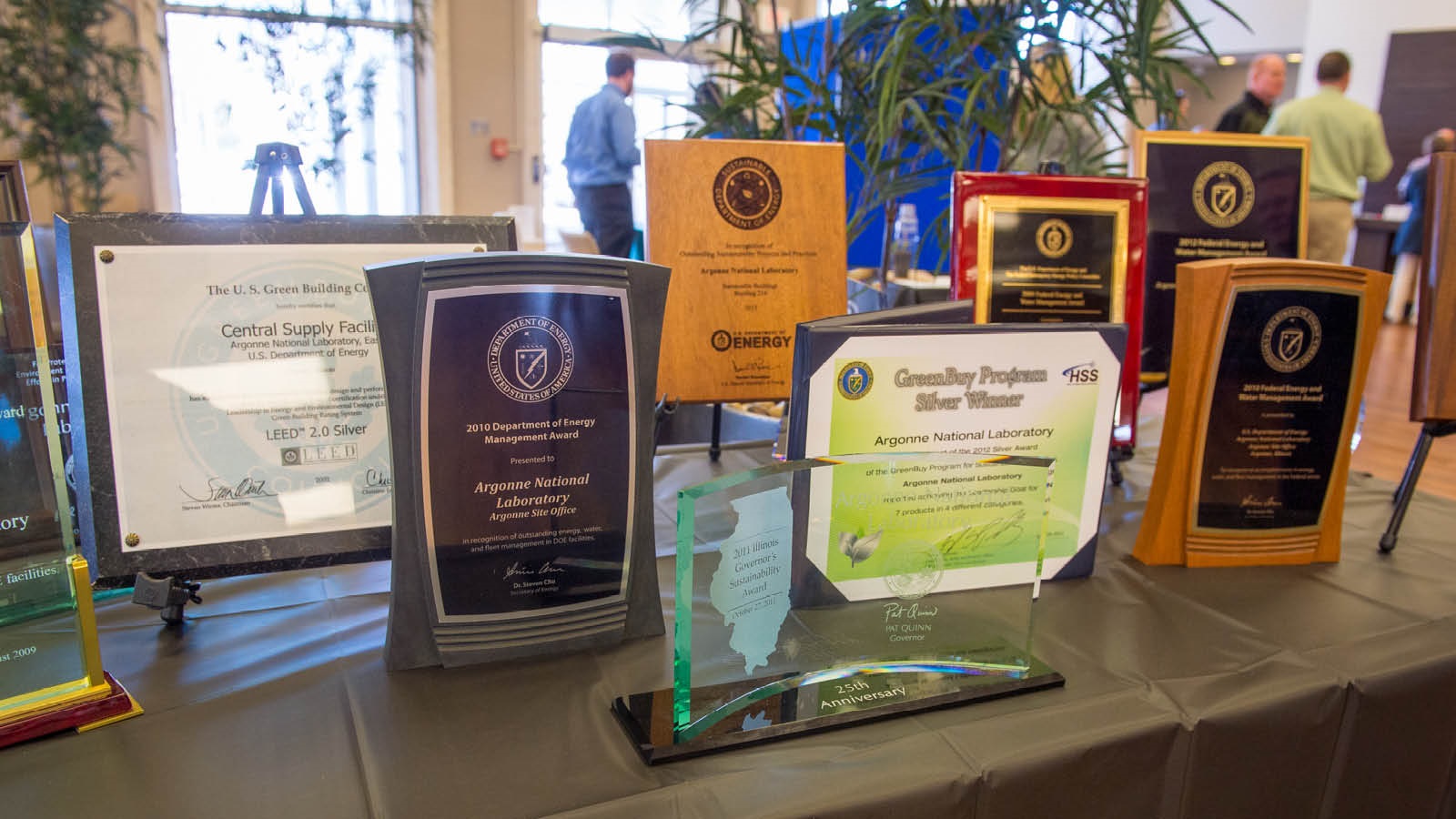
Argonne’s 2021 Maria Goeppert Mayer Fellows bring new energy, promise to their fields
The Department of Energy’s Argonne National Laboratory is proud to welcome five new FY21 Maria Goeppert Mayer Fellows to campus, each chosen for their incredible promise in their respective fields.
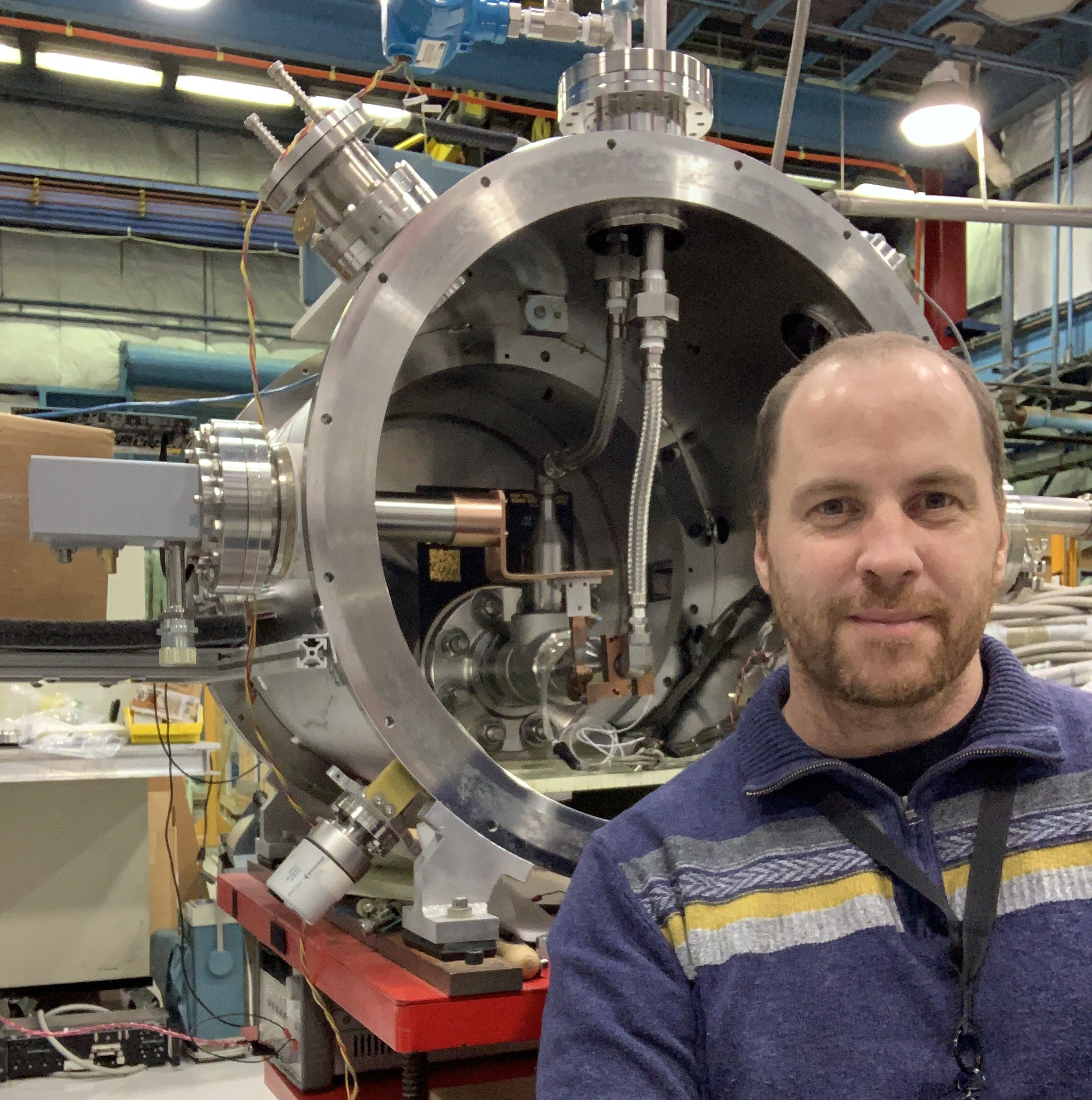
Fermilab scientist Juan Estrada wins American Physical Society Instrumentation Award
A physicist making great advances in particle detector technology, Estrada is recognized by the American Physical Society Division of Particles and Fields for his creation and development of novel applications for CCD technology that probe wide-ranging areas of particle physics, including cosmology, dark matter searches, neutrino detection and quantum imaging.

Precision measurements of intracluster light suggest possible link to dark matter
Faint light from rogue stars not bound to galaxies has been something of a mystery to scientists. The dimness of this intracluster light makes it difficult to measure, and no one knows how much there is. Scientists on the Dark Energy Survey, led by Fermilab, have made the most radially extended measurement of this light ever, and they’ve found that its distribution might point to the distribution of dark matter.

Mira’s Last Journey: exploring the dark universe
Scientists used a supercomputer to perform one of the five largest cosmological simulations ever — the Last Journey. This simulation will provide crucial data for sky maps to aid leading cosmological experiments.
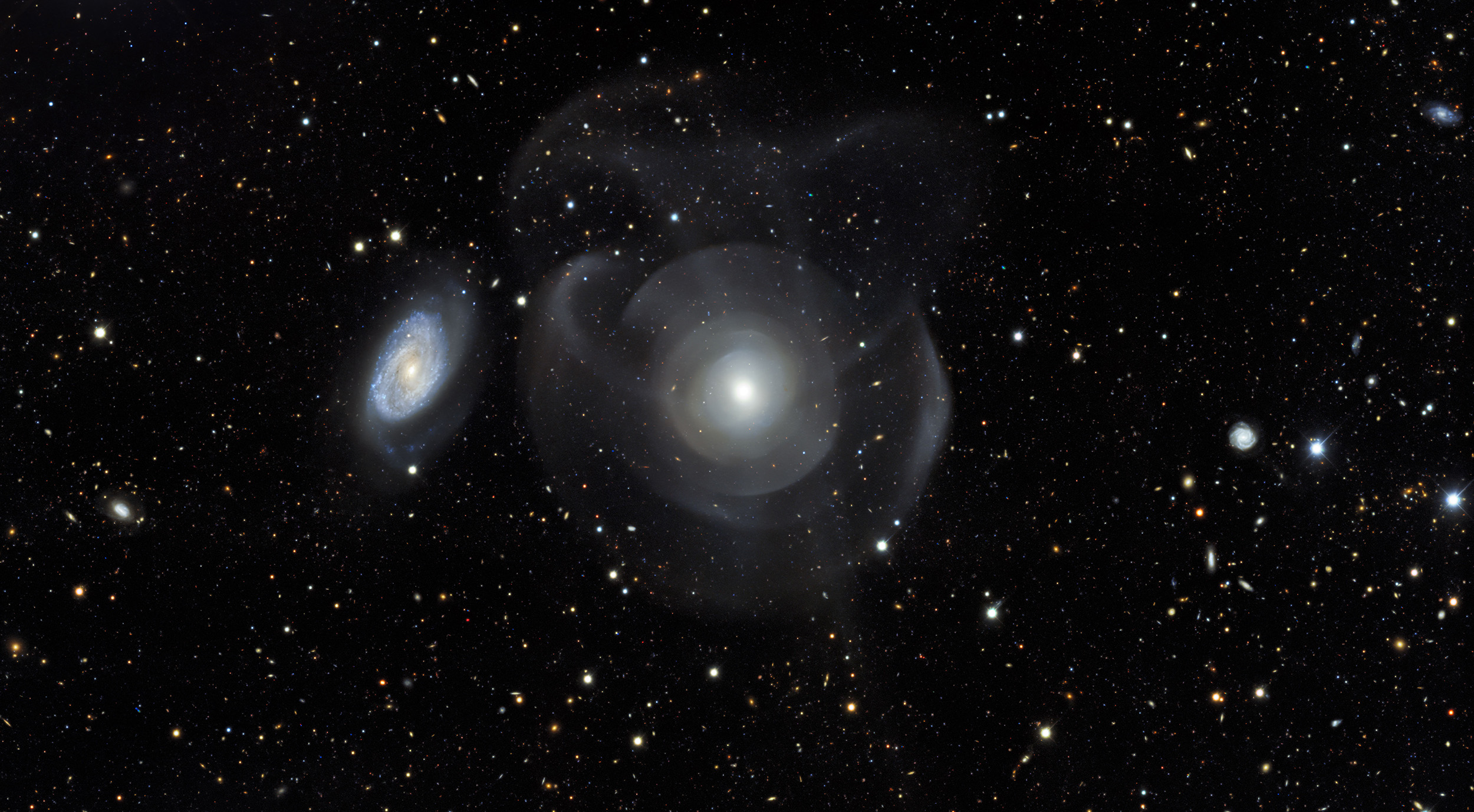
Dark Energy Survey makes public catalog of nearly 700 million astronomical objects
The international collaboration, including Fermilab, the National Center for Supercomputing Applications, NOIRLab and others, releases a massive, public collection of astronomical data and calibrated images from six years of surveys. This data release is one of the largest astronomical catalogs issued to date.
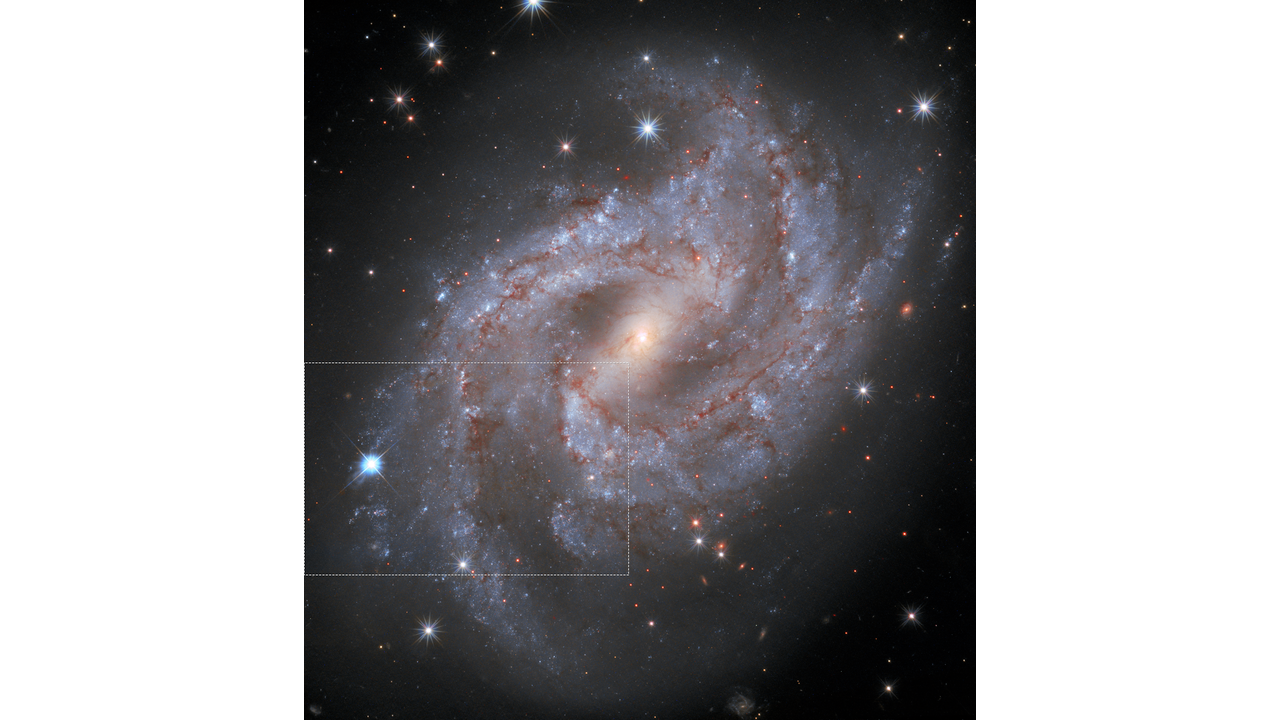
Hubble Watches Exploding Star Fade into Oblivion
Hubble Space Telescope images have been assembled into a time-lapse video of an exploding star fading into oblivion inside a distant galaxy. The video compresses one-year’s worth of observations into seconds. When it exploded the supernova was as bright as 5 billion Suns.
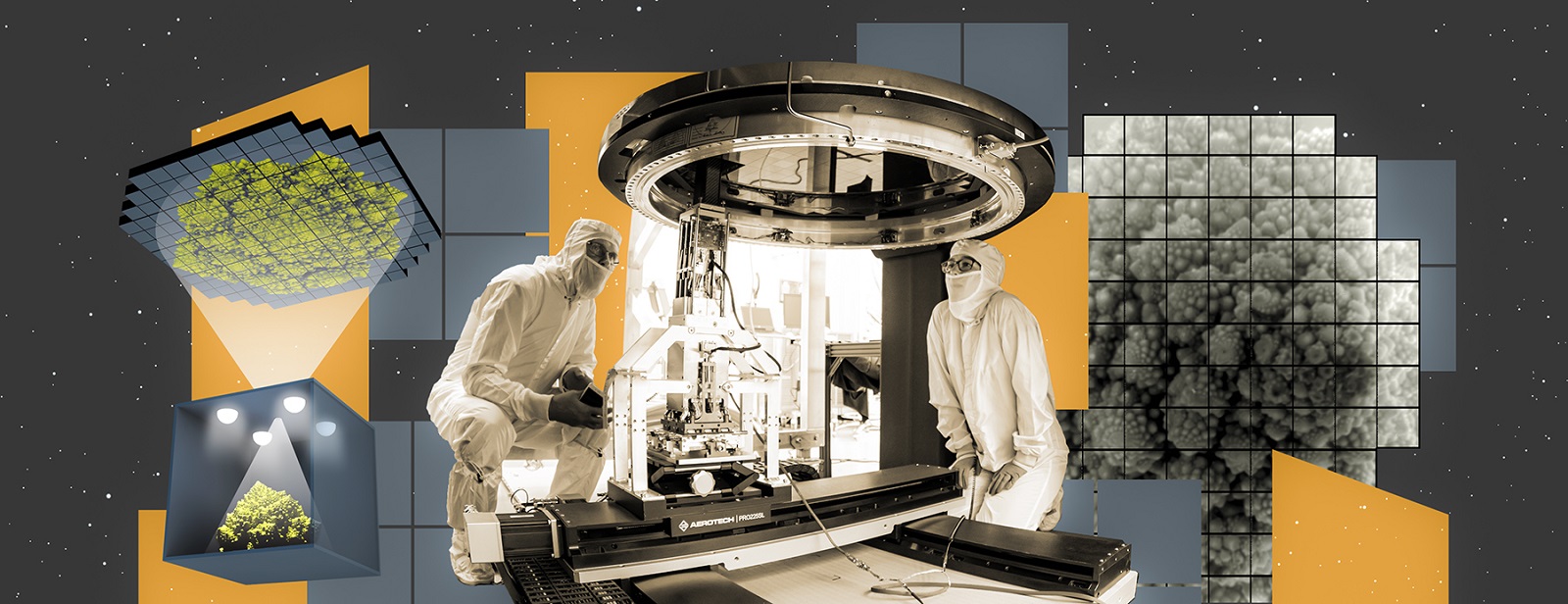
Sensors of world’s largest digital camera snap first 3,200-megapixel images at SLAC
Crews at the Department of Energy’s SLAC National Accelerator Laboratory have taken the first 3,200-megapixel digital photos – the largest ever taken in a single shot – with an extraordinary array of imaging sensors that will become the heart and soul of the future camera of Vera C. Rubin Observatory.

Auralee Edelen and Wai Ling Wu receive 2020 Panofsky Fellowships at SLAC
Their work uses machine learning to transform the way scientists tune particle accelerators for experiments and solve longstanding mysteries in astrophysics and cosmology.
NRAO’s Baseline Episode 4: Measuring the Expanding Universe
How fast is the universe expanding? We don’t know for sure.Astronomers study cosmic expansion by measuring the Hubble constant. They have measured this constant in several different ways, but some of their results don’t agree with each other. This disagreement, or tension, in the Hubble constant is a growing controversy in astronomy.
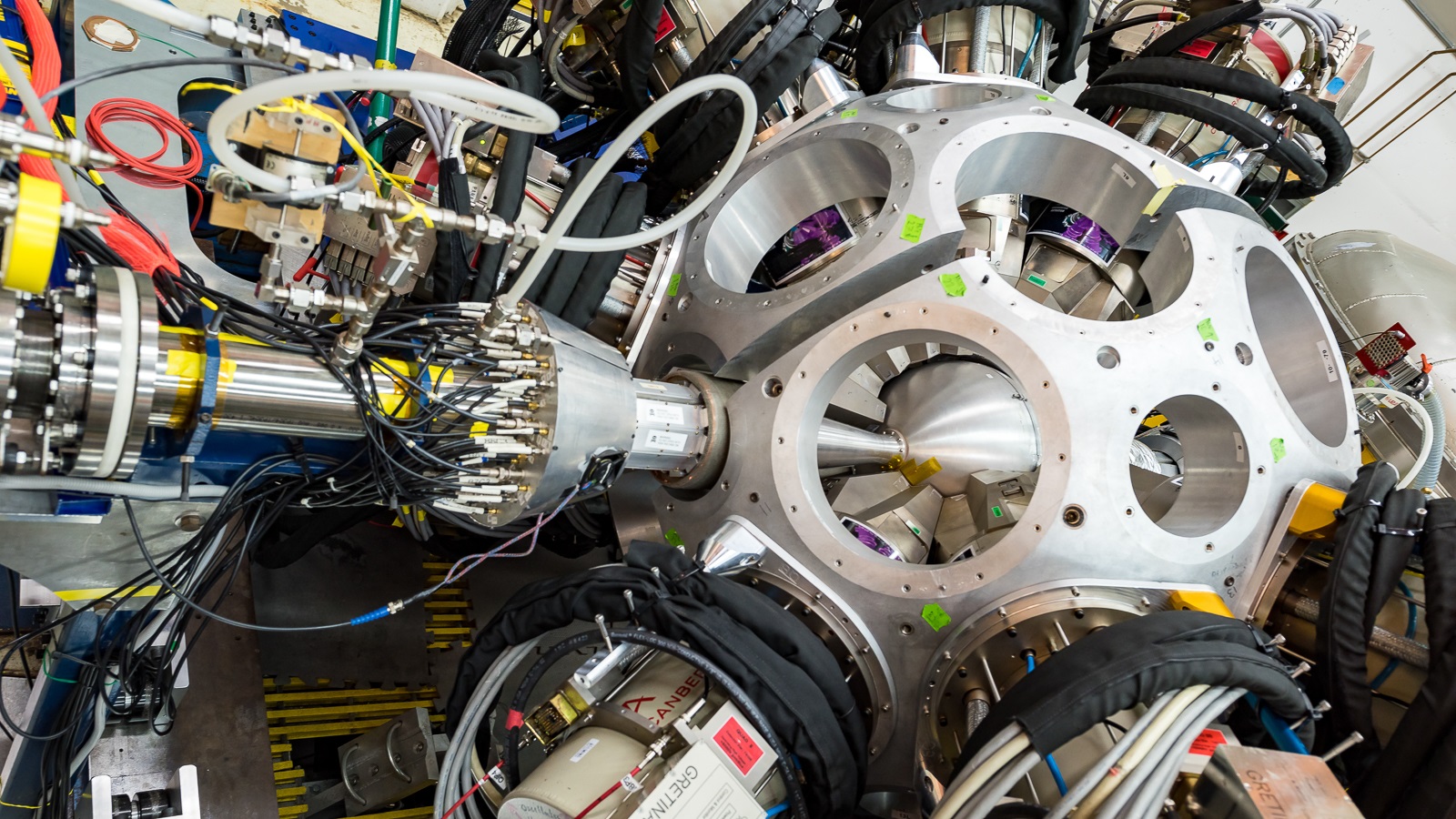
Explosive nuclear astrophysics
An international team has made a key discovery related to “presolar grains” found in some meteorites. This discovery has shed light on stellar explosions and the origin of chemical elements. It has also provided a new method for astronomical research.